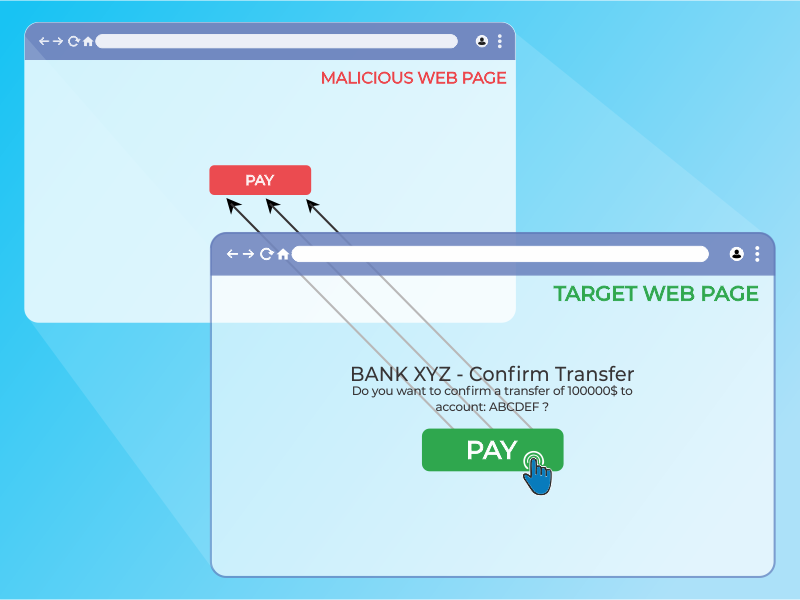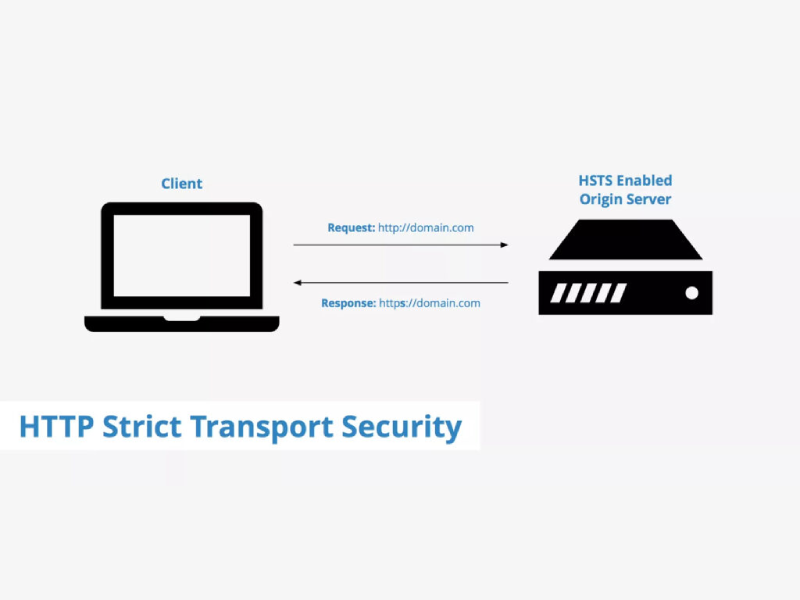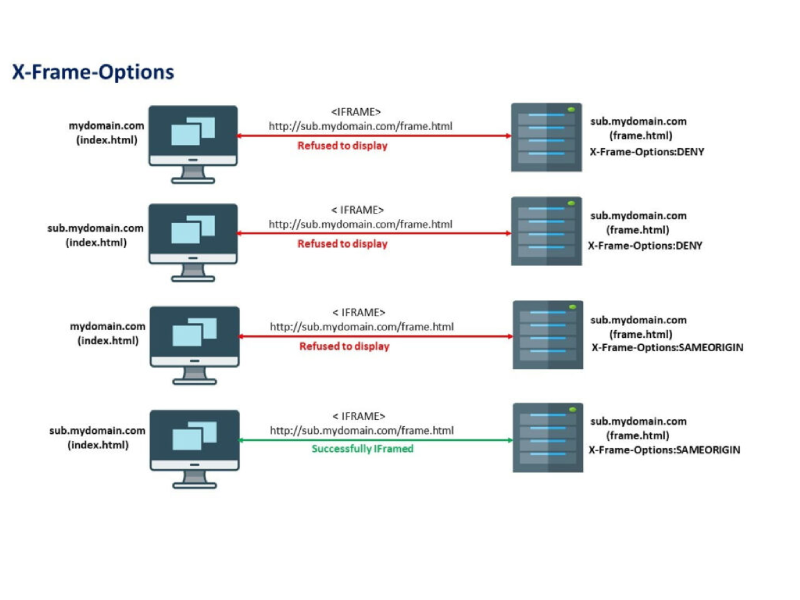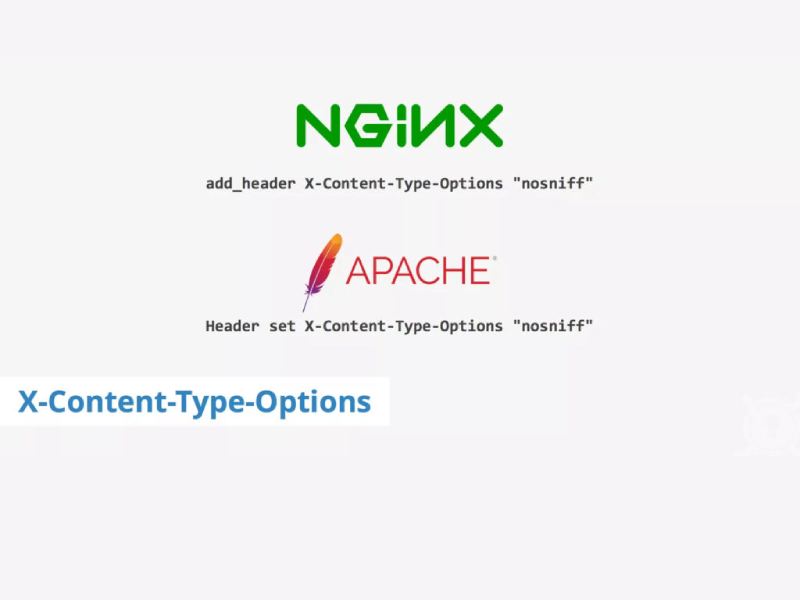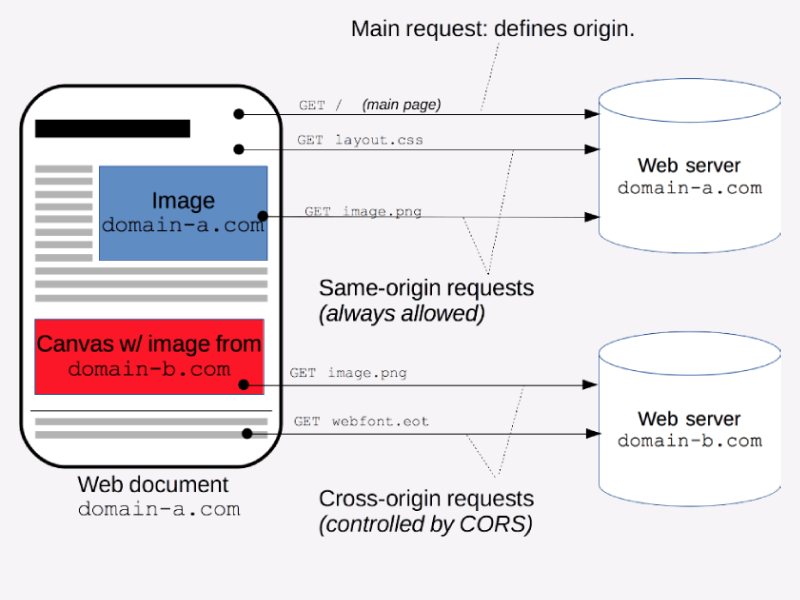What is VPN?
A Virtual Private Network (VPN) is a technology that allows users to create a secure connection to a remote network over the internet. With a VPN, you can access resources and services on the internet as if you were physically present in another location. VPNs provide a layer of encryption and privacy to your online […]



